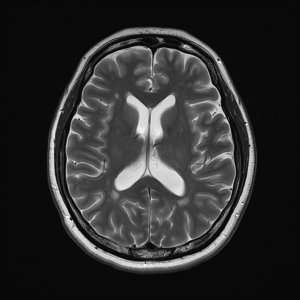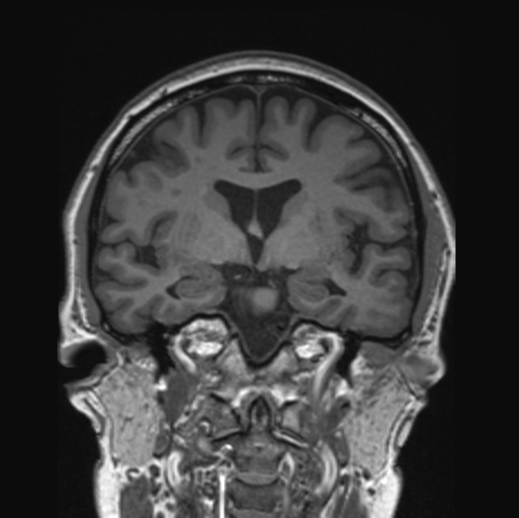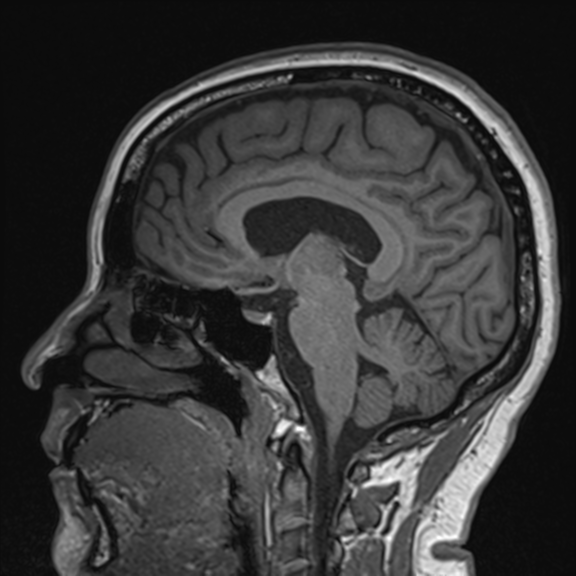



A stroke is a dreadful condition that can happen to anyone. Strokes can happen in an instant, but their effects may last a lifetime. A stroke, or “brain attack,” occurs when the blood flow to part of the brain is interrupted or reduced, depriving brain tissue of oxygen and nutrients. Without proper blood flow and oxygen, within minutes, the brain cells begin to die. This can result in various forms of disabilities and even death.
In Singapore, stroke is one of the leading causes of adult disability. However, many cases of stroke could have better outcomes if recognised and treated early. At RadLink Diagnostic Imaging, we’re committed to stroke prevention and early detection through our effective MRI Stroke Screen. With early recognition and intervention, the severe outcomes of a stroke can be prevented. This guide discusses the importance of stroke awareness, the earliest signs and symptoms of stroke, and the role of MRI stroke screening.
According to the Singapore Stroke Registry, more than 8,000 new stroke cases occur each year. With an ageing population and increasingly sedentary lifestyles, these numbers are expected to rise.
The most dangerous aspect of a stroke is that it doesn’t just affect the elderly. High blood pressure, diabetes, high cholesterol, smoking, stress, and poor diet are common in many younger individuals today, placing them at a high risk of stroke, too. However, there is positive news. Early detection and timely treatment of a stroke can reduce stroke-related complications and improve recovery.
Recognising the signs of stroke early can save lives. Stroke symptoms often come on suddenly, and even a brief episode can indicate a medical emergency. The symptoms of stroke in women and men are the same. Here are the most common symptoms to watch for:
This is a symptom that typically occurs on one side of the body. The person may experience weakness in the arm, leg, or face, such as a drooping mouth.
Stroke can impair language centres in the brain, making it hard to speak or understand others. People may appear confused and be unaware of what is happening around them.
Sudden blurred, double, or blackened vision in one or both eyes can be a warning sign.
A stroke may cause sudden loss of coordination or dizziness. People may start to lose their balance and fall down.
A sudden, intense headache with no known cause could also be a symptom of a haemorrhagic stroke. A hemorrhagic stroke occurs when there is bleeding in the brain.
An effective way to recognise the symptoms of stroke is to remember the acronym FAST, which corresponds to:
If you suspect a stroke, check with this acronym, and if you feel that these signs are being met, immediately rush to the nearest ER.
When it comes to strokes, every second counts. If you or someone else experiences any of the above symptoms, seek emergency medical care without delay. Treatment within the first 3 to 4.5 hours of symptom onset can improve outcomes.
Even if the symptoms disappear quickly, they may signal a Transient Ischaemic Attack (TIA), often referred to as a “mini-stroke.” The mini-stroke symptoms are similar to a typical stroke. A TIA is a warning sign of a possible full-blown stroke in the near future and should never be ignored.

Moreover, once a person has had a stroke, there is a high chance of stroke recurrence. According to statistics, 1 in 4 stroke survivors will have another stroke in their lifetime. Therefore, it is essential for this group of individuals to do regular stroke screening so that an imminent stroke can be prevented.
Preventive healthcare is key, especially when it comes to silent strokes. Silent strokes do not show any outward symptoms, but still cause damage. MRI Stroke Screen is specifically designed to assess stroke risk or detect early signs of stroke, especially in high-risk individuals.
RadLink’s MRI Stroke Screen offers an effective way to detect:
This imaging technique provides a non-invasive look inside the brain using powerful magnetic resonance technology. It is particularly beneficial for individuals with stroke risk factors.
Stroke can happen to anyone, but certain factors make it more likely to occur. Being aware of these can help individuals make informed choices about their health and lifestyle.
At RadLink, we ensure your experience is smooth, professional, and reassuring. Here’s what you can expect during your MRI screening:
RadLink’s diagnostic centres are equipped with modern MRI technology and are conveniently located across Singapore, including at Camden Medical. Our latest MRI scanner features a wide-bore opening that helps patients remain relaxed and feel less confined. Its patient-centric technology also offers patients the opportunity to watch a movie or film on an overhead mirror during the scan to help them relax and manage any discomfort. This helps patients overcome their fear of MRI and ensures a calm and seamless procedure.
 |
 |
 |
There is a strong clinical connection between stroke and dementia. In fact, stroke significantly increases the risk of developing dementia. Here’s why:
Early detection through diagnostic imaging can help identify these risks before irreversible damage occurs, empowering individuals to make informed health decisions and lifestyle changes.

Recognising stroke symptoms in women and men early is crucial to ensure timely treatment and minimise damage. However, even more important is to undergo regular stroke screening at a competent facility, even before any brain stroke symptoms appear. Here’s what RadLink offers for stroke screening:
Being aware of stroke symptoms and seeking early screening can change the course of your health. At RadLink, we believe in empowering individuals with the knowledge and tools to take control of their health before it’s too late.
If you or a loved one is at risk of stroke or have any symptoms, contact your GP or specialist so that they may book an MRI Stroke Screen at RadLink for you to help you take a proactive step towards peace of mind.
A TIA (Transient Ischaemic Attack) or mini-stroke is caused by a temporary blockage of blood flow to the brain. Symptoms of a mini-stroke are similar to a stroke but resolve within 24 hours. However, TIAs are serious warnings and should be followed up with screening, as they may indicate a probable stroke in the future.
Yes. MRI is a non-invasive, radiation-free imaging method that is used extensively in the diagnosis of various types of conditions. It is considered very safe, especially when conducted by certified professionals.
Yes! Using the MRI images, a radiologist can estimate the time at which the stroke occurred. This is essential for stroke treatment as there is a time window in which treatment such as anti-coagulation and removal of a blood clot in a blocked blood vessel can be done.
Yes. Especially in the case of TIAs, you may experience mild stroke symptoms which may go away within minutes. Even if symptoms disappear quickly, you should seek medical evaluation, as it may be a sign of an impending stroke.
An MRI scan can tell how much of the brain is involved in the stroke, what the cause of the stroke is, and if there are any complications of the stroke. For example, excessive swelling of the brain due to the stroke may cause pressure on the brain and may need urgent intervention by a specialist.
You can speak with your specialists or GP regarding your risk factors and ask for a referral for stroke screening. Your doctor can order a screening at https://radlink.com.sg or by calling our hotline to schedule a consultation.